The muscle is an essential component of the locomotor system, serving as an integral, functional, and structural organ. They are evolutionary adaptations present in all vertebrates and higher invertebrates. The structure and form of a muscle are determined by its function.
The human body's muscles are attached to the skeleton and function by contracting and relaxing. The contraction mechanism sets the skeleton in motion, and for them to operate efficiently, they require an adequate fuel supply provided by the food we consume.
They primarily draw their energy from stored glycogen and glucose reserves. An adult body typically contains around 450-500 muscles. Gender plays a role in determining muscle mass, with men possessing approximately 40% of their body weight as muscle mass. On the other hand, women have slightly less muscle mass, accounting for about 35% of their body weight.
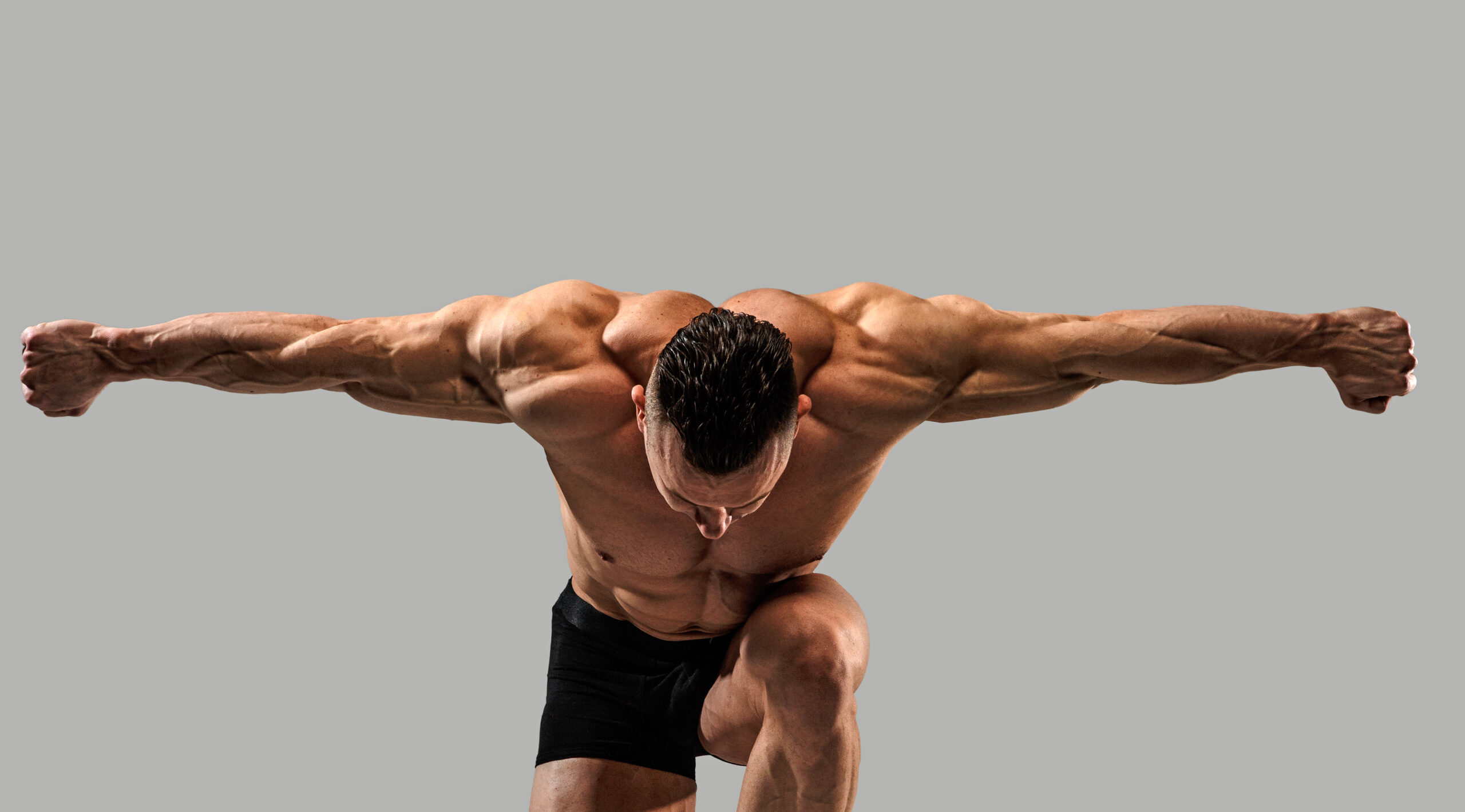
The human body comprises different types of muscles![]()
. Specialists divide them into three categories: skeletal muscles
![]()
, smooth muscles
![]()
, and striated muscles
![]()
. Skeletal muscles consist of a belly and tendons, with the belly being a cluster of muscle fibers colored red due to the presence of the myoglobin dye. Smooth muscles have a simple structure and are responsible for involuntary movements like intestinal movements, while the striated muscles have a more complex structure.
Muscles are also equipped with auxiliary elements to aid in their function. Fasciae are external structures that protect individual muscles and groups, while bursae are between the bone and the tendon or muscle. Tendon sheaths enable organs to slide against each other, and muscle blocks and sesamoids provide support around which muscle tendons develop. Lastly, the retinaculum holds muscle tendons close to the bones.
The functions performed by muscles in the human muscular system![]()
depend on their type.
Smooth muscles are responsible for involuntary contractions of blood vessels, intestines, and other organs, allowing their contents, e.g., food, to move toward the anus. By shrinking, they also cause mixing of food content, thanks to which the intestinal microvilli can effectively obtain all nutrients and active ingredients. The uterus is also made of smooth muscle, which makes it possible to cleanse it monthly of dead endometrium and blood, and in the case of pregnant women, natural childbirth is possible.
In turn, striated skeletal muscles are responsible primarily for the ability to walk, run, move, manual skills, and facial expressions and maintaining a stable, upright, and correct body posture. Thanks to them, every person can work isometrically, eccentrically, or concentrically.
The following muscle divisions are distinguished:
The muscular system plays an essential role in the human body but it is also vulnerable to frequent injuries. After engaging in intense physical activity, a condition known as soreness, or post-workout pain, may develop, which typically resolves within five days. However, more severe injuries, e.g., muscle or tendon tears, may occur, causing severe pain and rendering the affected limb immobile. In such cases, immobilization in a brace and surgical treatment may be necessary.
Muscle tremors and cramps are another common problem caused by overwork or a deficiency of B vitamins and essential nutrients like magnesium, calcium, and potassium. Tremors may also indicate low blood sugar levels in diabetic individuals. However, in some cases, tremors and spasms may signal severe diseases such as Parkinson's disease and multiple sclerosis.
Numbness![]()
in the limbs and associated limb pain are often caused by prolonged sitting in an uncomfortable position, which may also result in back muscle pain. In contrast, an ambulance should be called immediately if limb numbness is accompanied by additional symptoms such as shortness of breath, pain behind the sternum, disorientation, slurred speech, headache, paresis of body parts, and lack of sphincter control. These symptoms may indicate severe diseases such as myocardial infarction or stroke, which can be life-threatening.
Pain![]()
symptoms in the cardiac system are a common medical condition that can manifest as muscle or tendon pain. These symptoms can be alleviated through physical exercise that targets the muscles responsible for holding the spine in the correct position. Without such exercise, patients may experience permanent posture defects and other spine-related complications.


Muscle stiffness is a frequently reported symptom among patients and is generally characterized by numbness, pain, and increased muscle tension that may limit or impede movement. While the terms hypertonia, spasticity, or paralysis are often used interchangeably, they do not possess identical medical meanings. Nevertheless, stiffness is a common symptom associated with these conditions.
The mechanism that causes stiffness is a topic of ongoing debate among researchers. Some suggest that the sustained stimulation of alpha motor neurons, which innervate muscle cells, is responsible. Others propose that stiffness is caused by the overactivity of gamma motor neurons, which innervate myocytes present in neuromuscular spindles. Further research is necessary to clarify the causal mechanism behind muscle stiffness.
Muscular system diseases cover numerous pathological conditions![]()
, ranging from inflammation of muscles and joints through degenerative joint diseases to neurological disorders affecting the muscles. Their etiology may be diverse, including genetic factors, autoimmune factors, injuries, infections, and environmental factors.
Given the increasing number of muscular system diseases and their impact on patient's quality of life, there is a growing need for a better understanding of these diseases and their pathophysiological mechanisms and effective treatment strategies.
The muscular system is susceptible to a range of diseases, including myositis, arthritis, carpal tunnel syndrome, sciatica, muscular dystrophies, and tendonitis. Myositis![]()
refers to a collection of autoimmune diseases characterized by inflammation and weakness of the muscles resulting from immune system attacks on the muscles. On the other hand, arthritis
![]()
is a degenerative disease that leads to the progressive loss of joint cartilage, causing pain, stiffness, and restricted mobility.
Carpal tunnel syndrome![]()
is caused by the compression of the metacarpophalangeal nerve in the wrist, resulting in pain, numbness, and muscle weakness in the hand. Sciatica
![]()
occurs due to nerve root compression or damage, leading to pain radiating along the nerve. Carpal tunnel syndrome, when associated with compression of the metacarpophalangeal nerve in the carpal tunnel, leads to similar symptoms.
Muscular dystrophies are a group of genetic diseases that lead to the gradual loss of muscle mass and strength. Lastly, tendonitis![]()
is a common condition characterized by inflammation of a tendon, frequently caused by overuse or trauma.
It is essential to seek medical attention to diagnose and treat these conditions, as they can significantly impact daily functioning.
The course of the diagnostic process in a patient suspected of having a disease depends on the suspected entity. Initially, however, all patients undergo a neurological examination. A thorough medical history is collected – the detected deviations enable a preliminary diagnosis of one of the neuromuscular diseases.
Some patients undergo imaging tests, but in many cases, specialists may use electromyography![]()
(EMG). If a neuromuscular disease of genetic etiology is suspected, it is possible to perform genetic tests. This procedure will confirm or exclude the patient's possession of a mutation causing a given disease.
Electromyography (EMG) is an electrophysiological diagnostic tool to assess the muscular and peripheral nervous systems' functions. EMG is an invaluable tool in diagnosing numerous neuromuscular diseases, as it identifies pathological changes in muscles, determines their size and nature, and tracks the disease process's dynamics in the examined muscle.
Therefore, electromyography is a significant diagnostic tool for muscular dystrophy, amyotrophic lateral sclerosis, and spinal muscular atrophy. Additionally, EMG is instrumental in diagnosing conditions in which nerves are damaged due to compression, such as carpal and tarsal tunnel syndromes, and neuromuscular junction disorders, such as myasthenia gravis.
Indications for performing EMG are symptoms of abnormal peripheral nerves and muscle functioning, especially radicular-cervical and lumbosacral syndromes, stiffness syndromes of various etiologies, and excessive abnormal tension in the course of the nervous system diseases. Damage to individual muscles due to trauma or contusion is also an indication for testing.
As in the case of electroneurography, contraindications to performing an electromyographic examination include an implanted electric pacemaker, metal elements in the heart, or the examined body area.
Individuals undergoing a medical examination on a specific body part should ensure that the area is clean on the examination day. The use of creams, ointments, or lotions on the skin in the area where the examination will be conducted is contraindicated and should be avoided to ensure accurate results.
Before the examination, informing the attending physician about any medication, including over-the-counter drugs or supplements, being taken presently is imperative. It helps the physician to tailor the examination process to the individual's needs and minimize potential risks.
Patients taking oral anticoagulants are advised to start using low molecular weight heparin at least three days before the examination, subject to the prior approval of the attending physician. It is a precautionary measure to prevent complications during or after the examination.
Individuals with myasthenia gravis are advised not to take anti-myasthenia medications on the examination day. This ensures that the examination results are not influenced by the medications and helps the physician to make a more informed diagnosis.


Complete EMG consists of four test types: electroneurography (testing conduction in peripheral nerves), muscle testing, neuromuscular transmission testing, and neuromuscular hyperexcitability testing.
First, the specialist performs electroneurography, i.e., a conduction test in peripheral nerves. Afterward, the actual examination is performed, i.e., a muscle examination, which assesses the fitness of the tested muscle. From 10 to 20, needle electrodes are inserted into the tested muscle, which delivers an electrical stimulus to the muscle and then records the muscle activity during rest, voluntary movement, and maximum exercise.
The neuromuscular transmission test (also known as the myasthenic test, myasthenia test, or fatigue test) aims to assess neuromuscular conduction using stimulation with a series of supramaximal stimuli, which is why it is used in the diagnosis of myasthenia gravis, i.e., muscle fatigue. The test is not invasive because it uses surface electrodes on the skin.
The specialists use the neuromuscular hyperexcitability test to diagnose tetany – a disease that manifests in increased neuromuscular excitability. The test uses a needle electrode inserted into the muscle between the thumb and index finger.
Then, an elastic band is placed on the patient's arm for about 10 minutes to stop the blood flow (the result is a lack of feeling in the arm and an intense tingling sensation, which is quite unpleasant). After releasing the pressure cuff, it is observed whether symptoms typical of tetany appear. The entire examination takes approximately 15 minutes.
Electromyography (EMG) results are obtained immediately after the examination is finished.
Table of Contents
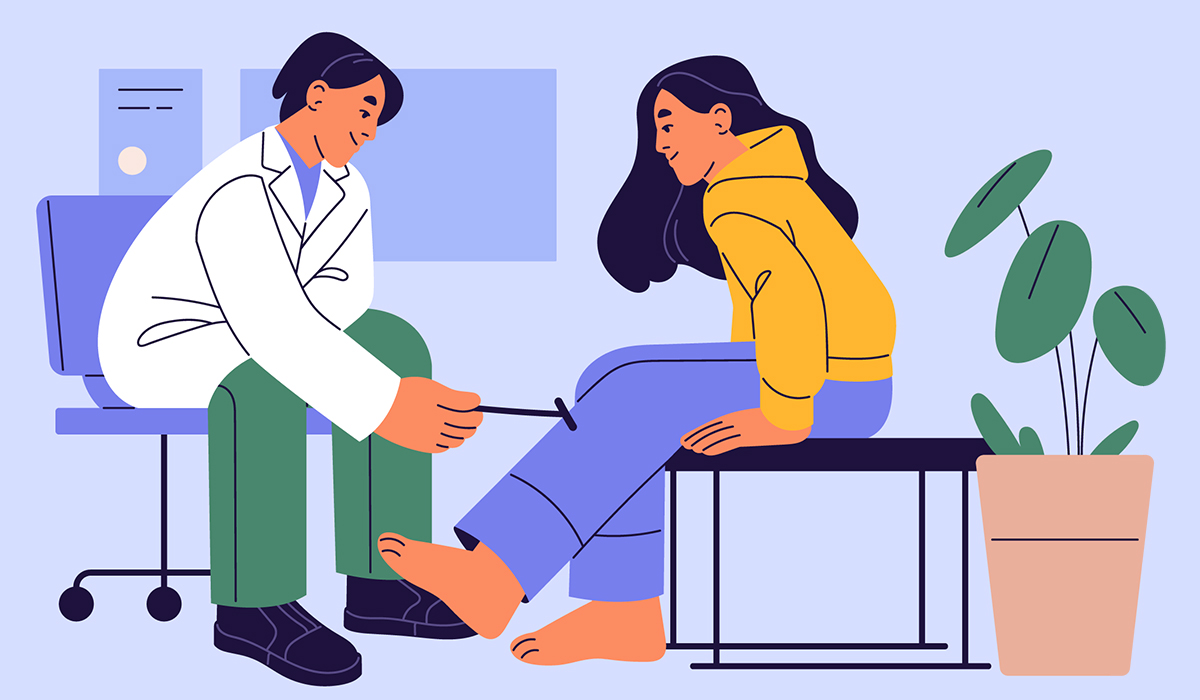

A neurologist is a medical doctor who specializes in diagnosing, treating, and managing disorders of the nervous system. read more »
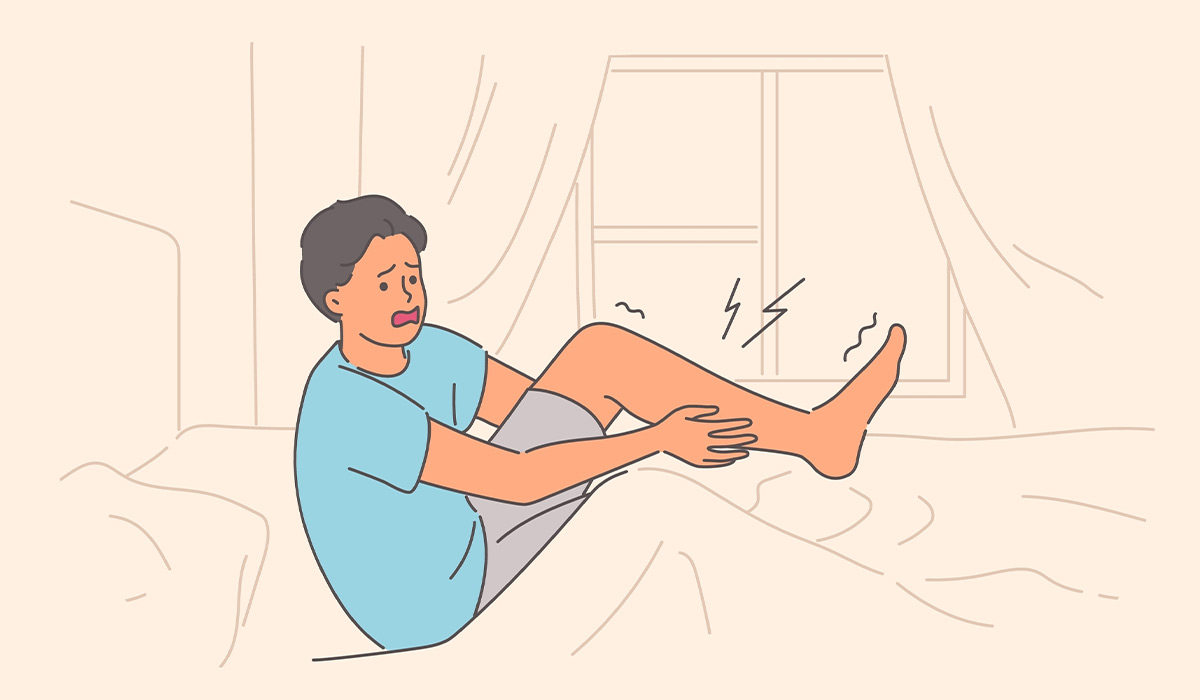

Known moreover as spasms, muscle/muscular spasms are sudden, automatic withdrawal of one or more muscles. These solid compressions can cause… read more »
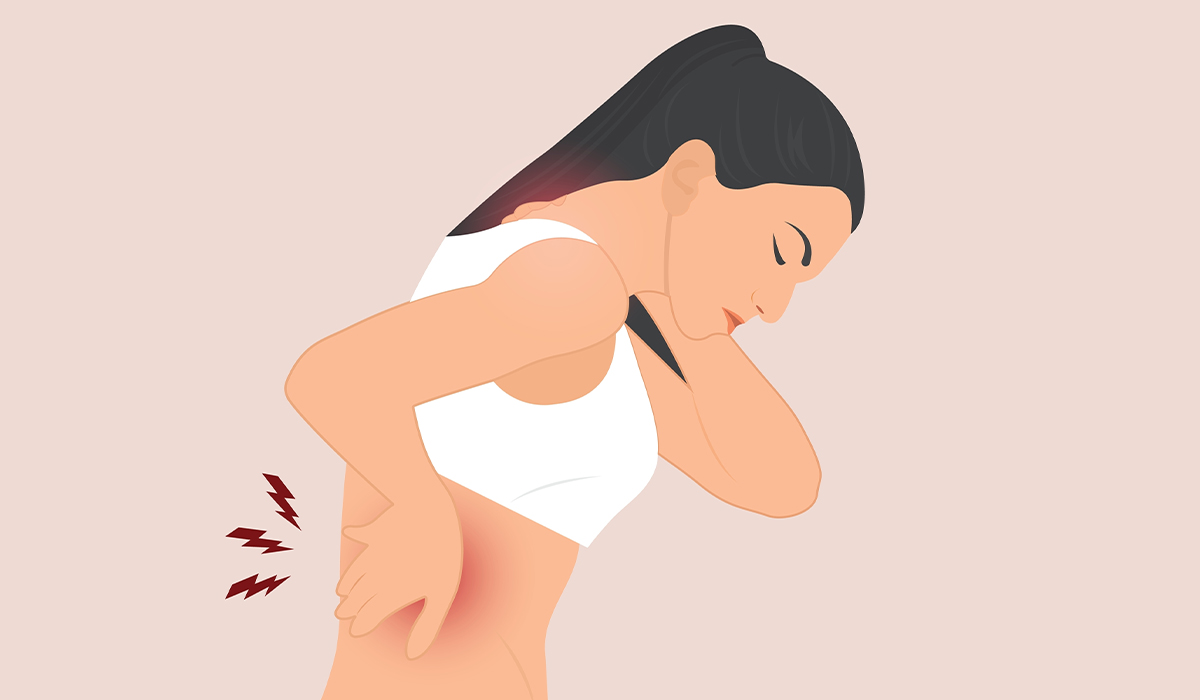

Muscle pain, which specialists call myalgia, is a broad issue that numerous individuals around the globe experience. The intensity of… read more »
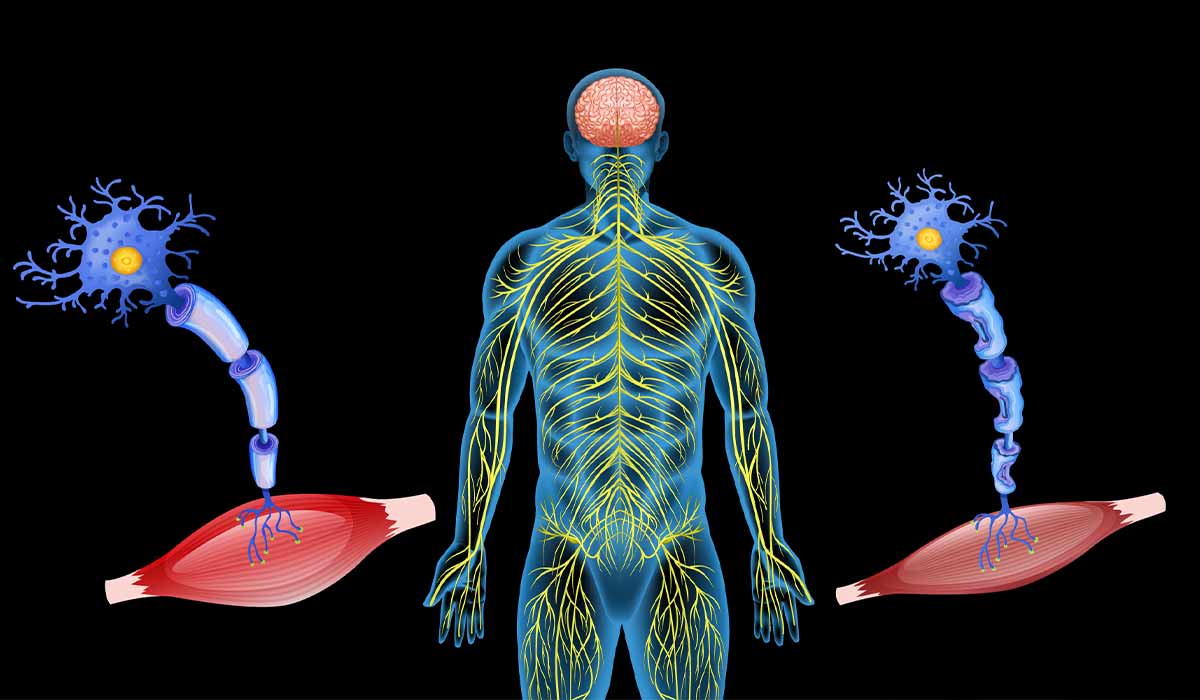

Amyotrophic lateral sclerosis (ALS) is an incurable, progressive disease of the nervous system. It leads to loss of muscle control.… read more »
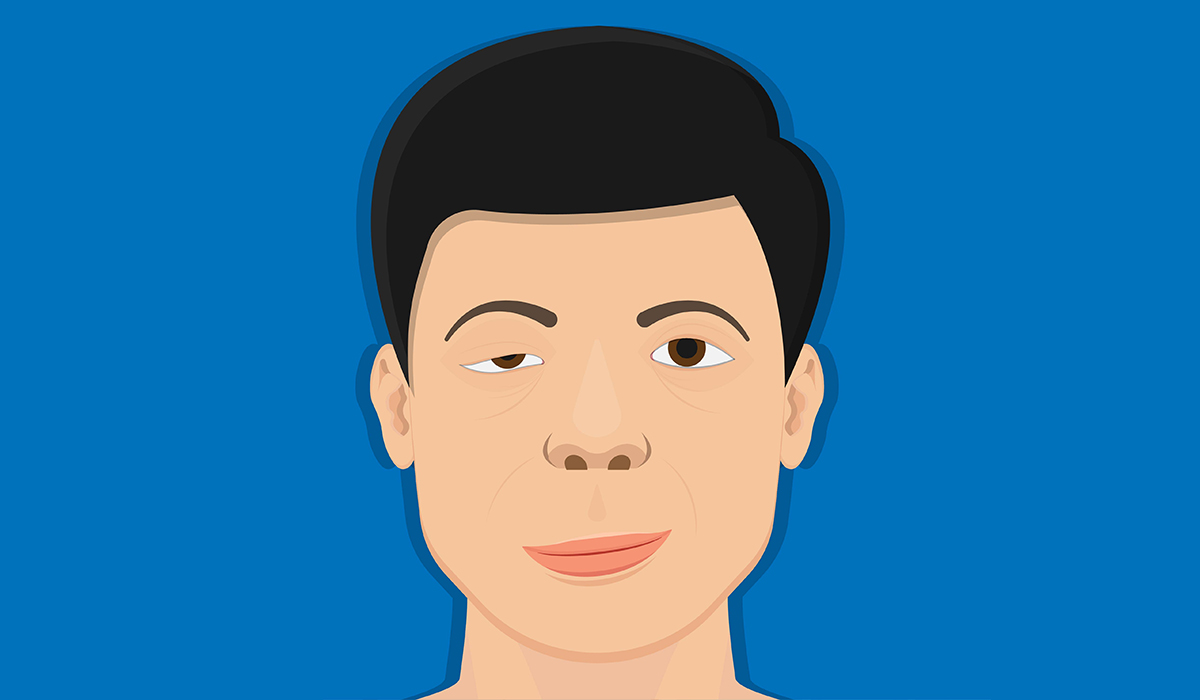

Myasthenia Gravis, also tagged as MG, is a condition where the organism's guarding system attacks by accident. It targets the… read more »
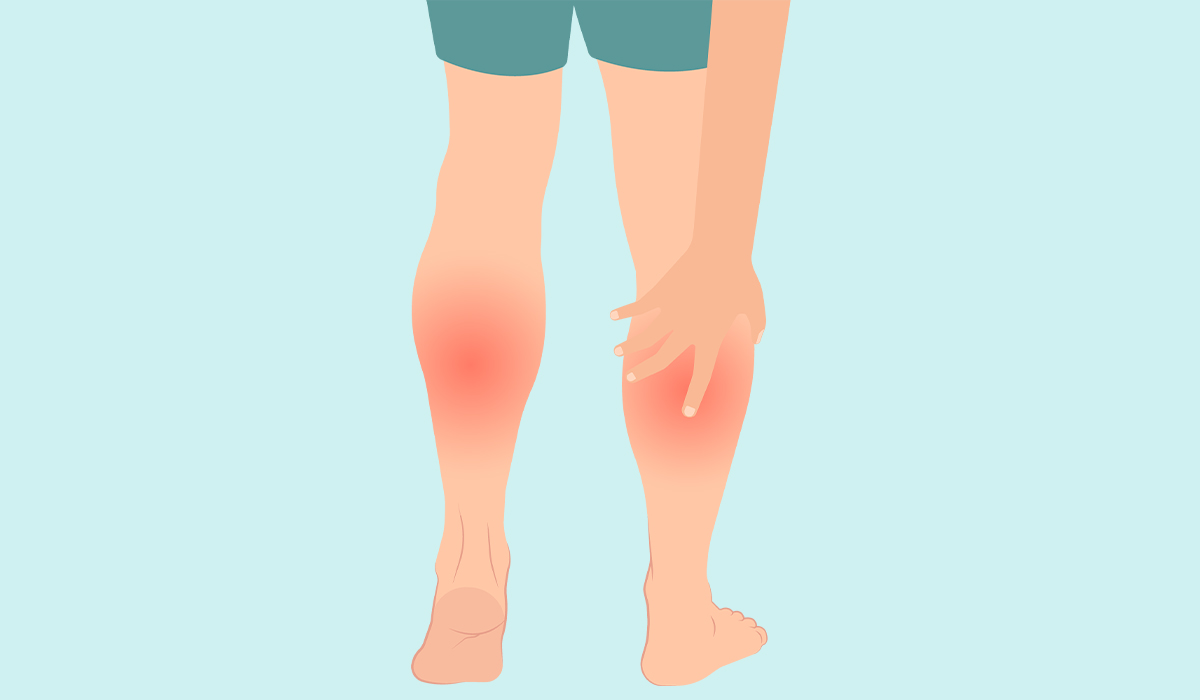

Muscle strain occurs when muscle fibers are overstretched or torn. This can happen due to excessive force, overuse, or sudden… read more »
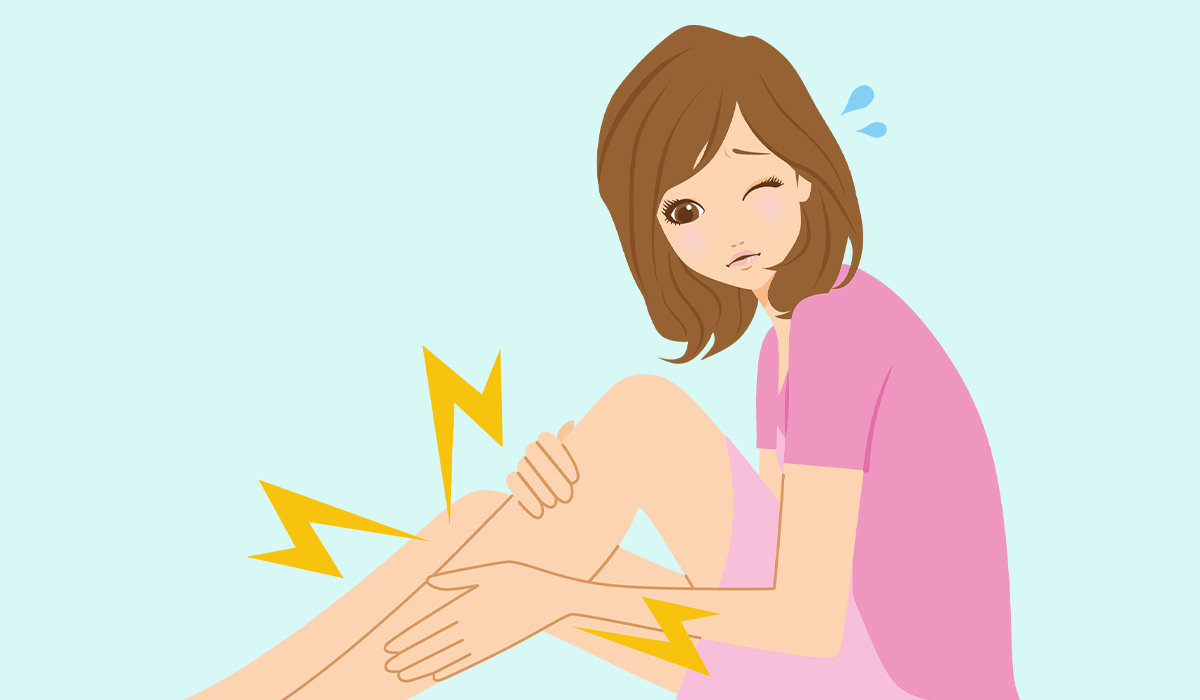

Charley Horse emerges when your muscles, ordinarily in the legs or calves, experience strong pain due to sudden tightening. It can surface… read more »
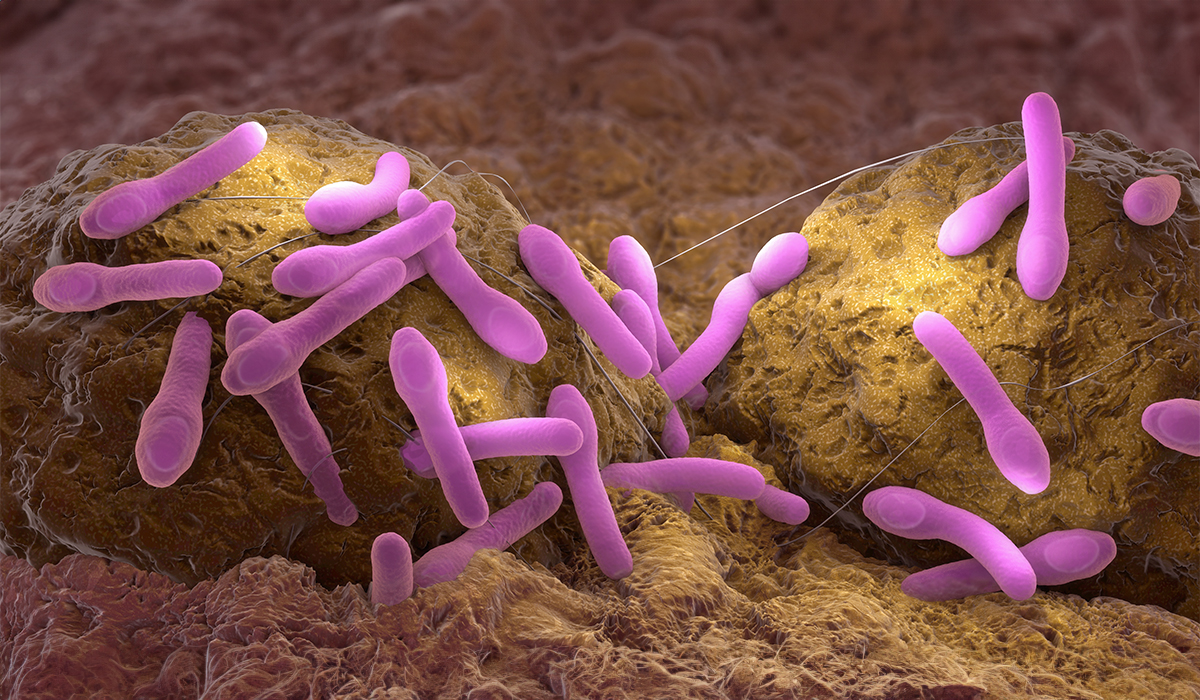

Botulism is a rare but dangerous disease that can lead to death. Find out how to avoid it. Learn about… read more »


Magnesium glycinate is one of the safer forms of magnesium. Find out what functions the glycinate component has. Learn about… read more »